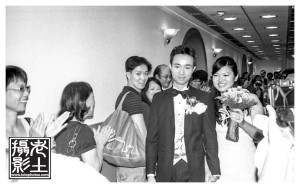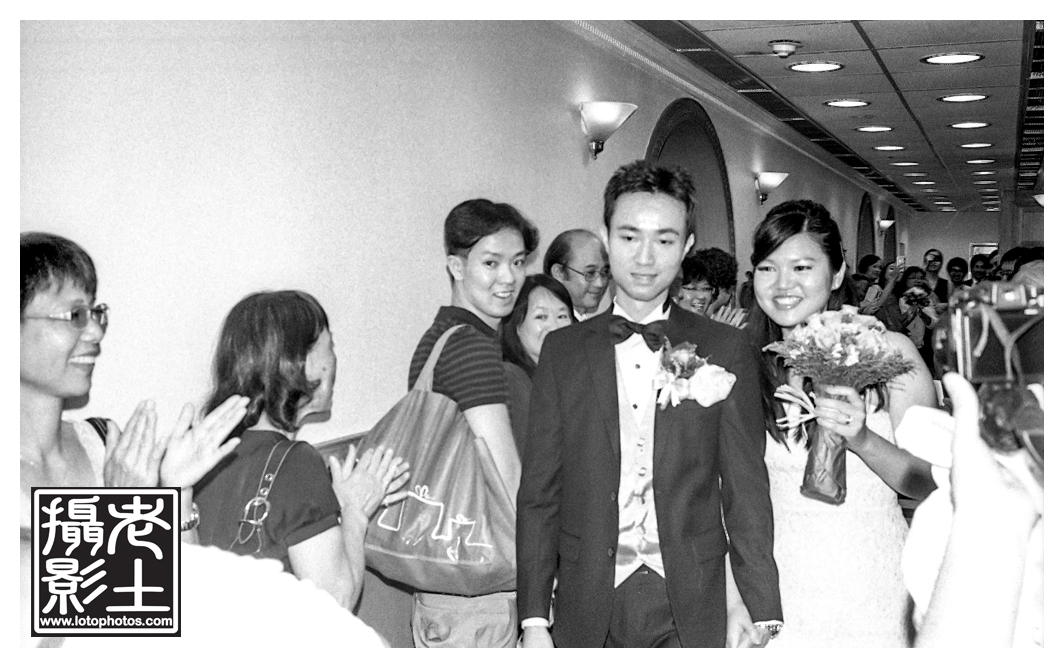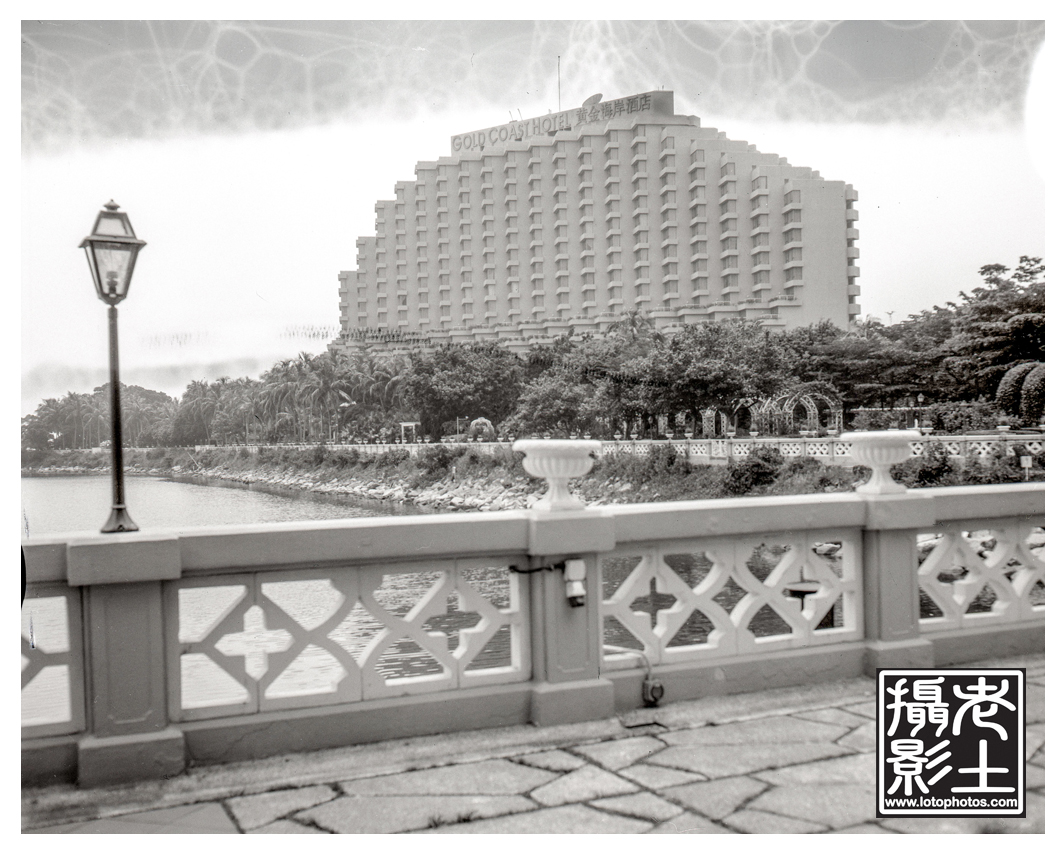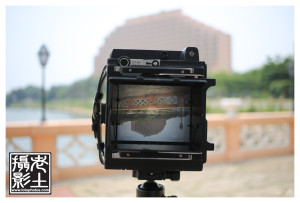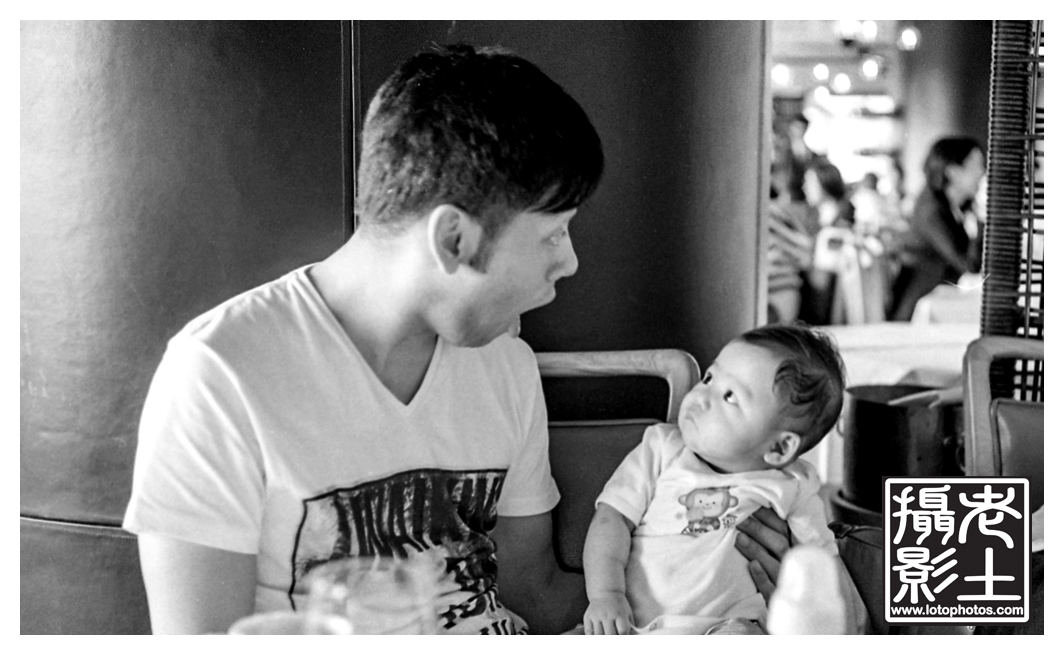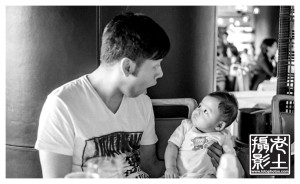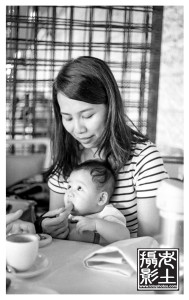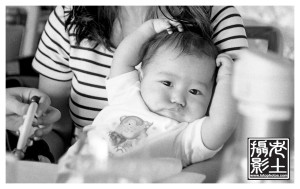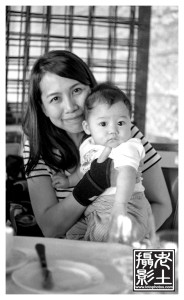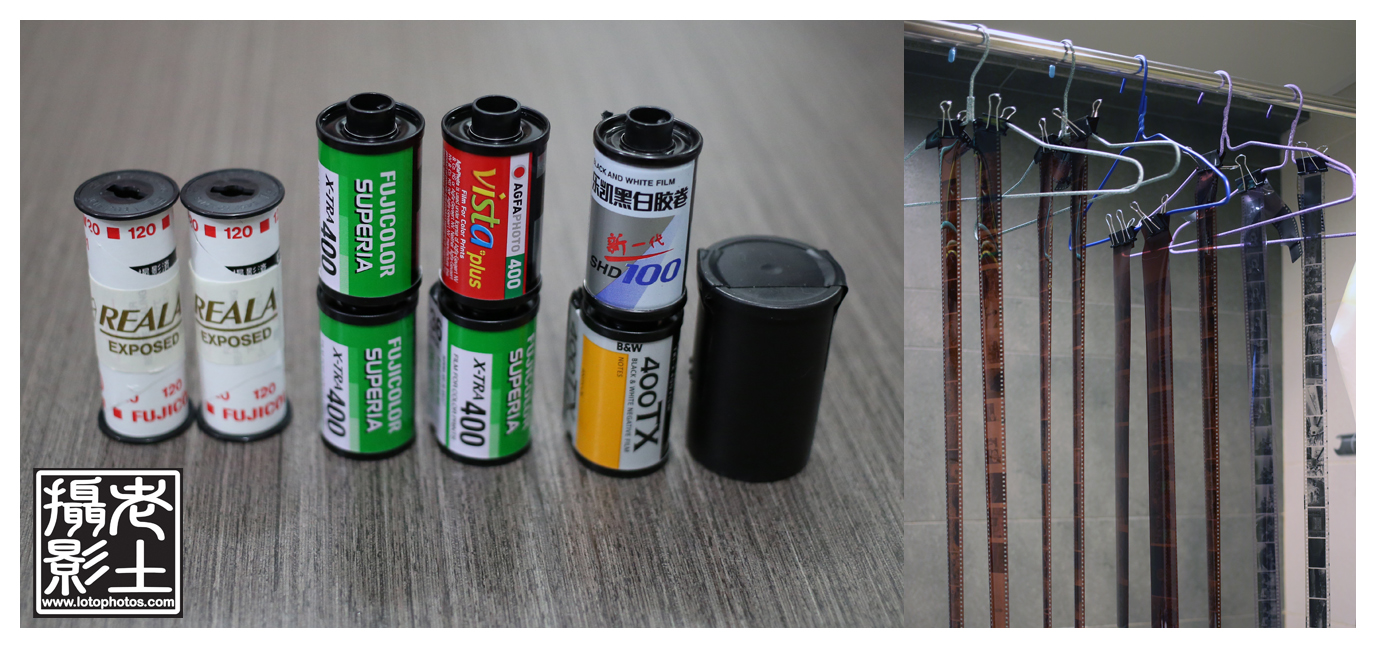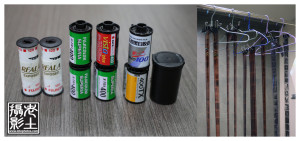A recent discussion with Kirk Lau with the boiling water temperature of our taps converged on the topic of stand development. Basically stand development involves throwing away everything that I have learned so far about film processing. Stand development is simply develop your film in diluted developer and after initial agitation, leave it to develop for (almost) infinite time. You rely on the amount of chemical to natural develop your film, rather through agitation.
I still have six rolls of Tri-X 400 that I snapped in Japan back in June that still need to be developed. I haven’t done so not because I am lazy but recently in the development with HC110 dilution H, the grain size appears to be large. I suspect the culprit is the water temperature. Both the tap water in Hong Kong and Shanghai measured to be well above 28C. Even though I have compensated that with less development time but the grain size seems larger than before. I am holding onto these rolls until I figure out what’s wrong.
I attended Herbert and Elaine’s wedding ceremony recently and prepared to shoot the event with my Canon QL17, my Canolite D flash and a roll of Kodak Tri-X 400. The idea of stand development came back to me after the shoot and I figured I will give it a shot. I developed the Kodak Tri-X with Kodak HC110 (1:100) dilution. I did initial agitation of front, back, left, right, each 10 times, then gave the tank a good tap on the ground to avoid any possible bubbles. I then left it to develop in 25C room temperature for 60 mins, followed by a 5 mins water bath. Then I fixed it in Kodak Rapid Fix for 4.5 mins before rinsed in water again and wrapped it up with Kodak Photoflo.
The result was mostly successful. The film developed fine except again for the large grain size. I blame it on the tap water temperature again. I need to put in ice and prepare the developer and rinse water to be around 20C next time! Nevertheless, the shots at the wedding ceremony was super loto and turned out super classic! Totally reminded me of the ones in the dusty wedding albums of my parents.
